Belfast Peace Lines
These barriers stand as stark reminders of Northern Ireland's troubled past.
The arrival of relative peace to Northern Ireland after the Good Friday Agreement of 1998 has brought many benefits to Belfast, but signs of the underlying tensions that led to The Troubles remain evident.
Peace and stability have encouraged investment and increased tourism, and Belfast today resembles other modern British cities. Leave the city center for the working class suburbs, however, and it becomes clear that the city is still divided.
Loyalist neighborhoods, whose residents wish to remain part of the United Kingdom, proudly display scores of Union Flags, whereas the Irish tricolor is flown in nationalist areas. Both sides have famous and striking murals, commemorating their respective causes.
The division is most apparent, however, in areas where loyalist and nationalist neighborhoods meet. Here, great walls and fences up to 25 feet in height literally divide the city. The idea is to prevent violence between the two opposing sides.
The most prominent example is on the Cupar Way, in the west of the city. This huge fence divides the loyalist Shankhill area from the nationalist Falls Road. During The Troubles, the gate between the two neighborhoods remained locked at all times. These days, it is open during the day, perhaps a sign of progress.
Another sign of progress, and something that would have been unthinkable during the conflict, is that this part of the wall is now popular with visitors. Many, including former United States President Bill Clinton and the Dalai Lama, have left messages of peace, alongside the graffiti that now covers the barrier.
Know Before You Go
While it is safe for tourists to visit, the peace lines are some way from the city center, so the best way to get there is to ask a black cab driver to take you, plus they will usually be happy to give you more of the backstory. Sightseeing bus tours also visit the peace lines.




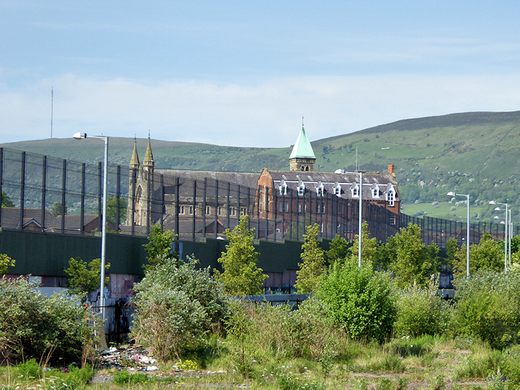
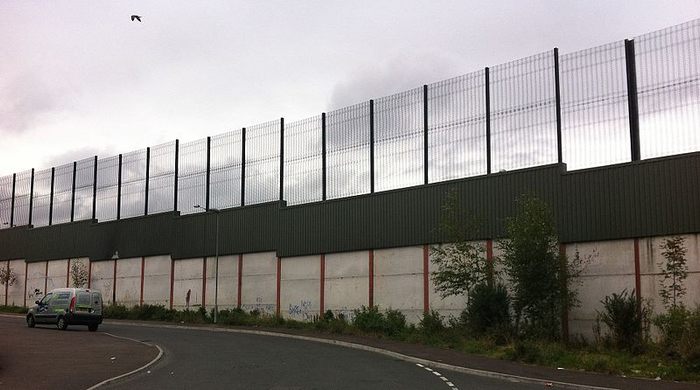
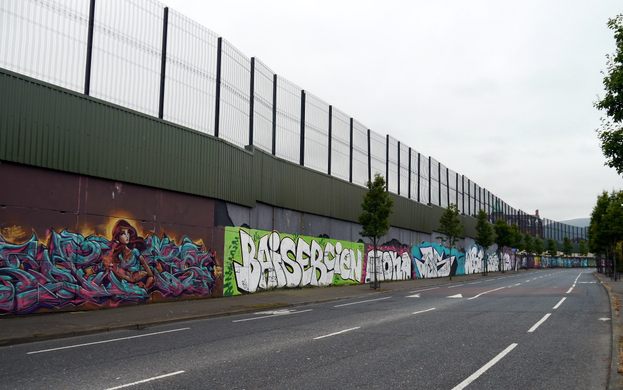

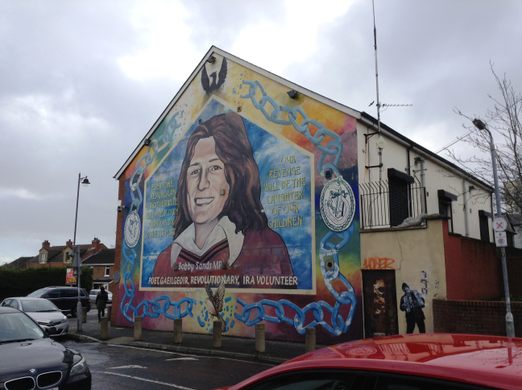












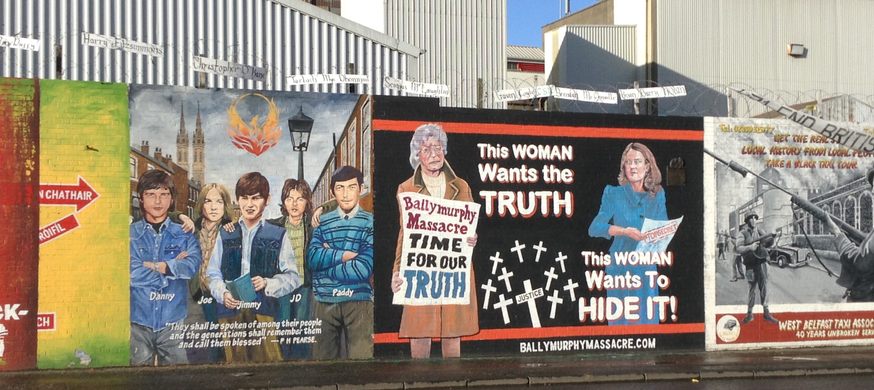







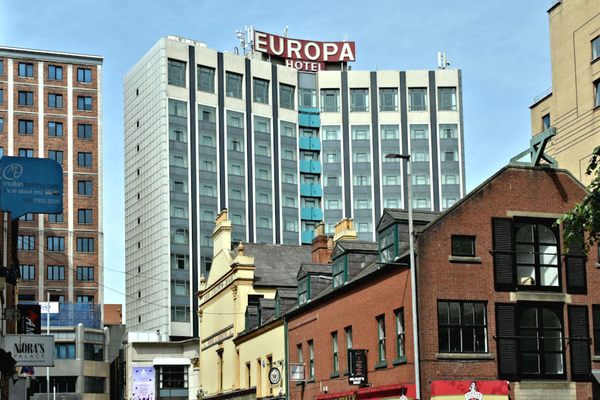






Follow us on Twitter to get the latest on the world's hidden wonders.
Like us on Facebook to get the latest on the world's hidden wonders.
Follow us on Twitter Like us on Facebook